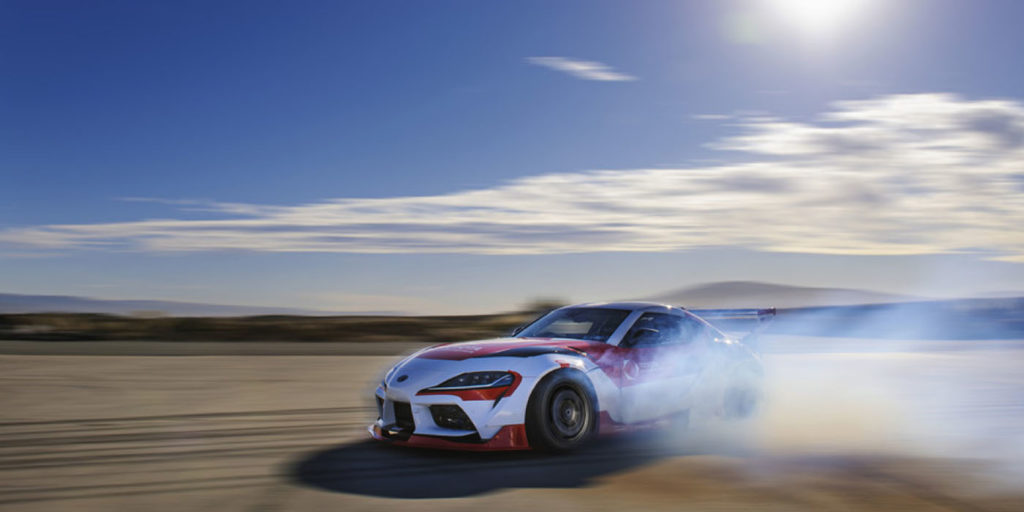What if every driver who ran into trouble had the instinctive reflexes of a professional race car driver and the calculated foresight of a supercomputer to avoid a crash? Researchers at Toyota Research Institute are working with Stanford’s Dynamic Design Lab to make this vision come true.
The engineers are conducting research into how to bring together the instincts of professional drivers and automated driving technology. Their goal is to design a new level of active safety technology and share it broadly so that Toyota and other auto manufacturers can deploy it on the road.
“Every day, there are deadly vehicle crashes that result from extreme situations where most drivers would need superhuman skills to avoid a collision,” said Gill Pratt, TRI CEO and chief scientist at Toyota Motor Corp. (TMC). “The reality is that every driver has vulnerabilities, and to avoid a crash, drivers often need to make maneuvers that are beyond their abilities. Through this project, TRI will learn from some of the most skilled drivers in the world to develop sophisticated control algorithms that amplify human driving abilities and keep people safe. This is the essence of the Toyota Guardian approach.”

Every year, car crashes result in nearly 40,000 fatalities in the United States, and about 1.25 million fatalities worldwide. Toyota’s goal is to reduce that number to zero. While most crashes occur in mundane situations, in other situations drivers may need to make maneuvers that take their vehicle close to and, at times, exceed normal limits of handling. When faced with wet or slippery roads for instance, professional drivers may choose to ‘drift’ the car through a turn.
“Since 2008, our lab has taken inspiration from human race car drivers in designing algorithms that enable automated vehicles to handle the most challenging emergencies,” said Professor Chris Gerdes of Stanford University’s Dynamic Design Laboratory. “Through this research, we have the opportunity to move these ideas much closer to saving lives on the road.”
TRI has supported the Dynamic Design Lab’s research for many years. The current project draws upon Stanford’s published paper, “Opening New Dimensions: Vehicle Motion Planning and Control using Brakes while Drifting,” in which Stanford researchers demonstrated advanced drifting on MARTY, an electrified, automated DeLorean. Stanford’s experimental results produced a proof-of-concept architecture capable of controlling a rear-wheel drive vehicle in a drift using brakes, steering and propulsion. TRI is now applying this architecture to vehicle platforms, including the GR Supra.
TRI is also engaging Toyota’s engineering expertise in motorsports and advanced development. Toyota Racing Development (TRD U.S.A., Inc.) in the United States is providing valuable technical and experiential know-how in motorsports and drifting. Separately, TRI is also working with Toyota Motor Corporation’s Vehicle Dynamics Control Team — based in Japan — to apply the drifting architecture for future Toyota vehicles.


